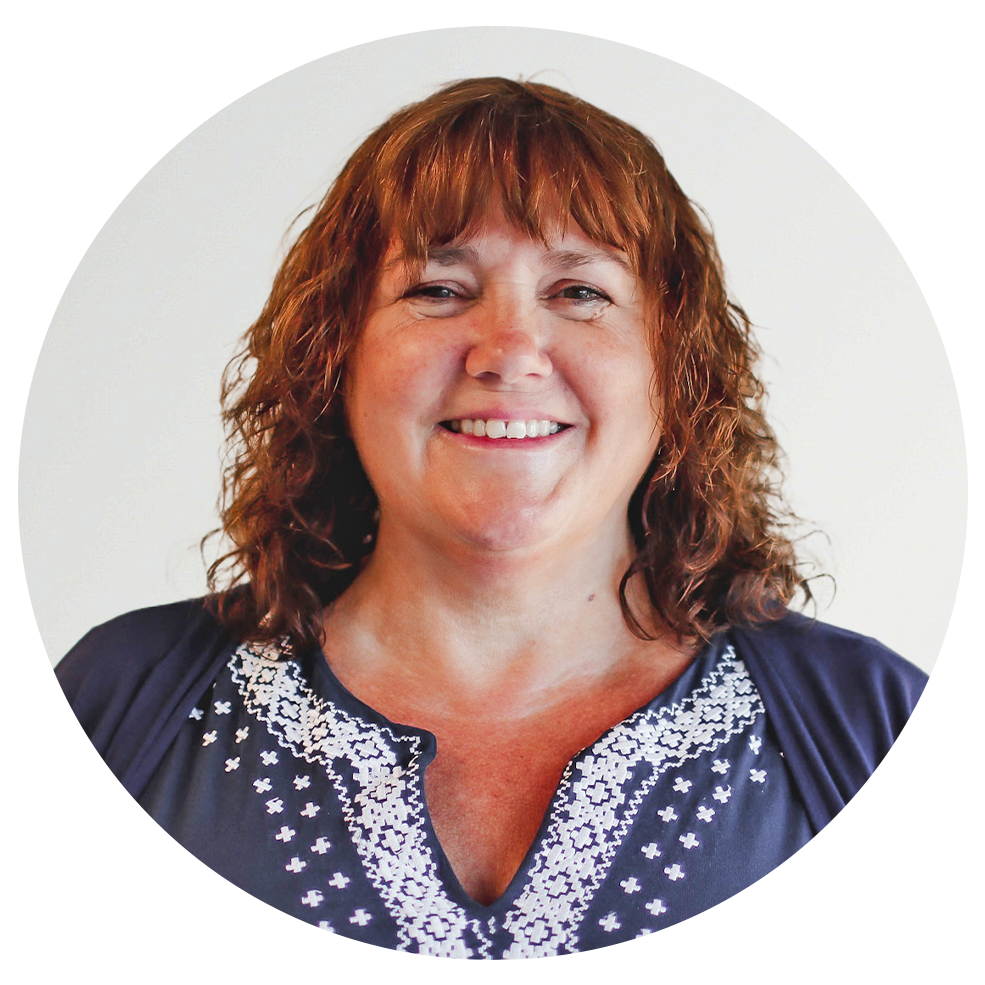Pressure Ulcers - Understanding what went wrong through RCA and PSIRF
This session will consider investigating pressure ulcer incidents within the context of Patient Safety Incident Response Framework (PSIRF) and the new National Wound Care Strategy Recommendations.
Undertaking investigations within your care home or home care team will help you understand what improvements need to be made, if any, to the care being delivered. Demonstrating that this activity is taking place, being acted upon and improving pressure ulcer incidents could support an improved CQC rating.
Learning Outcomes
- Understand briefly how a pressure ulcer is caused
- Be aware of the relevant national documents that guide when to investigate.
- Understand the key actions for prevention
- Understand how to determine which factors led to the development of a pressure ulcer
Meet our Experts

Heidi has been a Tissue Viability Nurse since 2002. Her interest and passion in the prevention and management of pressure ulcers began, however, in 1987 on registering as a nurse. She has worked in both acute and community care. She is currently the part-time Tissue Viability Services Lead for Hertfordshire Community NHS Trust.
People who watched this also watched...
Introducing the Accora chair range - Which chair should I choose?
This session will provide an overview of the Accora chair range and how they have been designed to promote independence. There are several factors to consider to ensure clinical outcomes are met when it comes to choosing the right chair for a service user, the overview of our products covered in this webinar will aim to assist in choosing the appropriate chair for your service users needs in relation to size, pressure and postural issues.
Pressure Ulcer Prevention - No thank you
On occasions, individuals may decline a suggested care intervention which may lead to increased risk and conflict with staff wishing to add in these interventions. This webinar explores why people may make decisions about their care that healthcare professionals find challenging. Why HCPs find these decisions challenging. What national guidance there is around this topic. What you can do when a person decides not to adhere to suggested care interventions.
Stop the pressure - introducing the PURPOSE T Risk Assessment Tool
PURPOSE T offers an evidence based PU risk assessment tool that has been designed following NIHR funded research. This webinar examines the development and utilisation of PURPOSE T for risk assessment and discusses how to identify factors contributing to risk and implement prevention strategies effectively.


